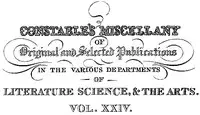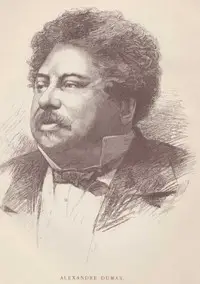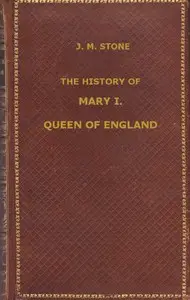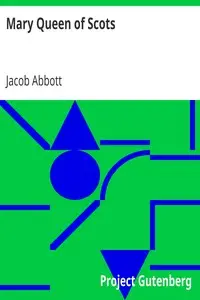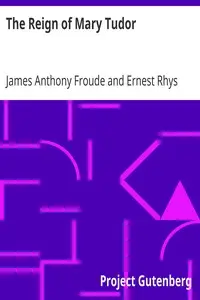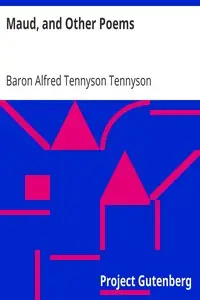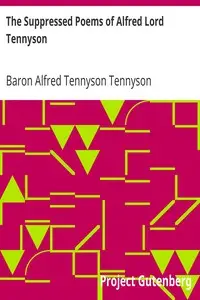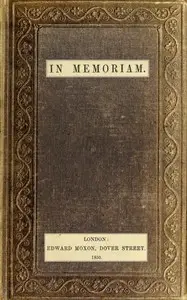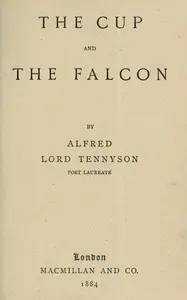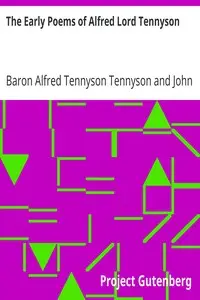"Queen Mary" by Alfred Lord Tennyson is a dramatic play set in England during a time of religious and political unrest. The story centers on Queen Mary I and the challenges she faces as ruler, including her controversial marriage to the Spanish Prince Philip and the growing tensions between her Catholic beliefs and the Protestant citizens of England. The conflicts among historical figures such as Queen Mary, Elizabeth, Cranmer, Cardinal Pole, and Thomas Wyatt reflect the complex political and social issues the Queen faced as she took the throne. The Queen struggles to maintain control amid growing rebellion as the citizens question her right to rule.

Queen Mary; and, Harold
By Alfred Tennyson Tennyson
In a divided England, a royal marriage ignites a firestorm of religious and political rebellion against the reign of a determined queen.
Summary
About the AuthorAlfred Tennyson, 1st Baron Tennyson,, was an English poet. He was the Poet Laureate during much of Queen Victoria's reign. In 1829, Tennyson was awarded the Chancellor's Gold Medal at Cambridge for one of his first pieces, "Timbuktu". He published his first solo collection of poems, Poems, Chiefly Lyrical, in 1830. "Claribel" and "Mariana", which remain some of Tennyson's most celebrated poems, were included in this volume. Although described by some critics as overly sentimental, his poems ultimately proved popular and brought Tennyson to the attention of well-known writers of the day, including Samuel Taylor Coleridge. Tennyson's early poetry, with its medievalism and powerful visual imagery, was a major influence on the Pre-Raphaelite Brotherhood.
Alfred Tennyson, 1st Baron Tennyson,, was an English poet. He was the Poet Laureate during much of Queen Victoria's reign. In 1829, Tennyson was awarded the Chancellor's Gold Medal at Cambridge for one of his first pieces, "Timbuktu". He published his first solo collection of poems, Poems, Chiefly Lyrical, in 1830. "Claribel" and "Mariana", which remain some of Tennyson's most celebrated poems, were included in this volume. Although described by some critics as overly sentimental, his poems ultimately proved popular and brought Tennyson to the attention of well-known writers of the day, including Samuel Taylor Coleridge. Tennyson's early poetry, with its medievalism and powerful visual imagery, was a major influence on the Pre-Raphaelite Brotherhood.

